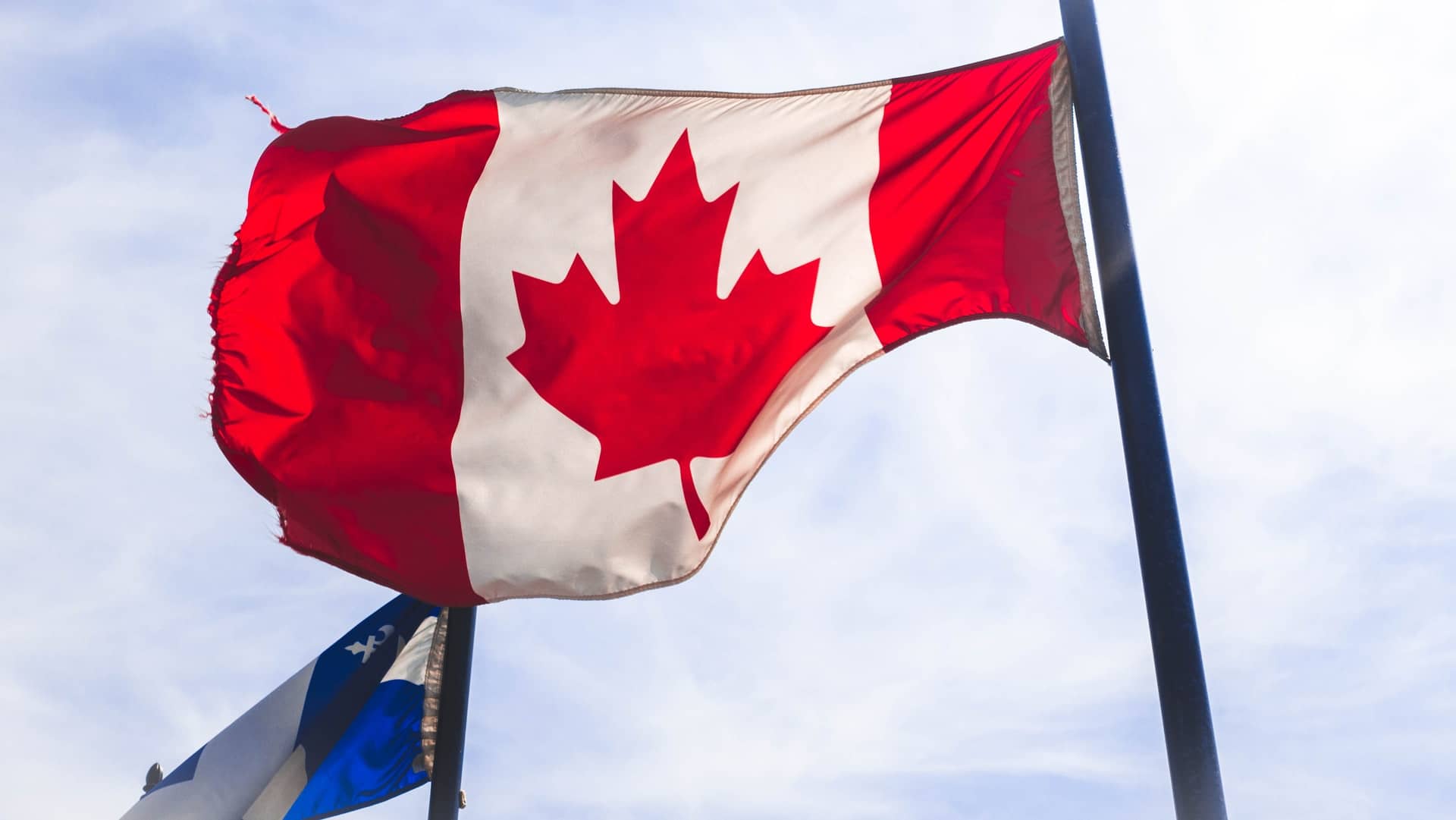Canada has recently implemented restrictions on the practice of flagpoling at 12 designated border crossings. Flagpoling, a legal procedure where individuals on temporary residence permits exit and re-enter Canada within 24 hours to receive same-day immigration services, has been a popular method for reducing lengthy processing times. Despite its legality, both Canadian and U.S. authorities have criticized the practice, leading to these new limitations.
What is Flagpoling?
Flagpoling is a process used by temporary residents in Canada, such as those with work or study permits, visitor visas, or electronic Travel Authorizations (eTAs). These individuals can receive immigration services by briefly leaving Canada and returning through a land border crossing. This practice helps bypass long processing times often associated with applications submitted online or by paper to Immigration, Refugees and Citizenship Canada (IRCC). However, the Canada Border Services Agency (CBSA) advises newcomers to utilize online services where possible, as wait times at the border can be extensive.
New Restrictions on Flagpoling Locations
As of May 30th, 2024, flagpoling services are only available at 12 specific Canada-U.S. border crossings. The CBSA has introduced these restrictions to enhance efficiency during high-traffic periods and to allow officers to focus on high-priority cases such as trade facilitation, high-risk travelers, and asylum seekers.
Available Flagpoling Locations and Times
Newcomers can access flagpoling services at the following locations and times:
Quebec Region
- Armstrong: Monday-Thursday, 12 pm to 7 pm
- Saint Armand/Phillipsburg: Monday-Thursday, 9 am to 3 pm
- Saint Bernard de Lacolle: Monday-Thursday, 12 pm to 7 pm
- Stanstead Route 55: Monday-Thursday, 8 am to 5 pm
Southern Ontario Region
- Fort Erie (Peace Bridge): Tuesday-Thursday, 8 am to 12 am
- Niagara Falls Rainbow Bridge: Tuesday-Thursday, 8 am to 12 am
- Queenston-Lewiston Bridge: Tuesday-Thursday, 8 am to 12 am
Pacific Region
- Abbotsford-Huntington: Monday-Thursday, 10 am to 4 pm
- Aldergrove: Monday-Thursday, 10 am to 4 pm
- Boundary Bay: Monday-Thursday, 10 am to 2 pm
- Douglas: Monday-Thursday, 10 am to 4 pm
- Pacific Highway: Monday-Thursday, 10 am to 4 pm
Impact of Recent Changes
The recent crackdown on flagpoling is largely a response to increased traffic at the Canada-U.S. border. This surge in traffic has heightened the processing burden on border officers, prompting the need for more efficient management of resources.
In a statement to the Canadian Broadcasting Corporation (CBC), the CBSA explained that the changes aim to increase efficiencies during peak travel times and allow officers to concentrate on other priorities, including trade facilitation, high-risk travelers, and asylum seekers.
Statements from Officials
U.S. Senate Majority Leader Chuck Schumer has echoed these concerns. At a recent press conference, Schumer highlighted how increased immigration traffic and wait times could negatively impact the economies of Niagara Falls and New York by hindering smooth commerce and tourism.
Potential Further Impacts
At the time of writing, the CBSA has also threatened to strike following wage disputes with the federal Canadian government. This potential strike could further impact flagpoling services, adding another layer of complexity to the situation.
The new limitations on flagpoling at 12 Canada-U.S. border crossings reflect efforts to streamline border operations and manage increased traffic efficiently. While flagpoling remains a legal and viable option for many temporary residents seeking expedited immigration services, these changes necessitate careful planning and awareness of the new restrictions. As both Canadian and U.S. authorities work to balance efficiency and service provision, staying informed about these developments is crucial for all stakeholders involved.


Leave a Reply